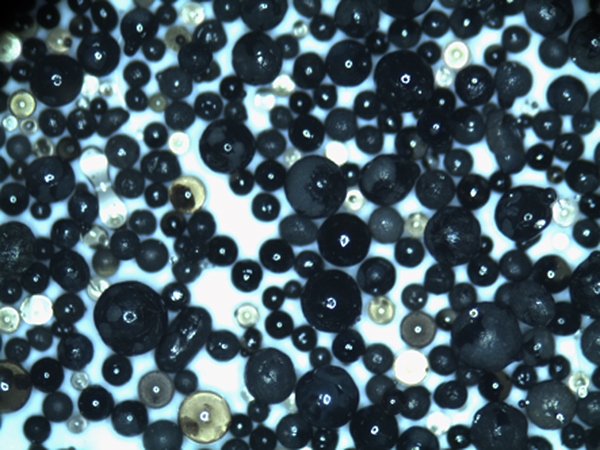Is Sand Casting Sustainable?
Sand casting, one of the oldest manufacturing processes, has been a cornerstone in the production of metal parts for various industries. It involves creating a mold by compacting sand around a pattern, which is then filled with molten metal. While sand casting has several advantages, the question of its sustainability has gained increasing attention in recent years. To evaluate whether sand casting can be deemed sustainable, we must consider several factors including environmental impact, resource use, and the lifecycle of products produced through this method.
Environmental Impact
One of the primary concerns regarding sustainability is the environmental impact of sand casting. The process utilizes sand as the primary mold material, which is often sourced from natural deposits. While sand is abundant, the extraction and processing can lead to significant ecological disturbances, including habitat destruction and increased dust emissions. Moreover, the sand used in casting can introduce impurities if not sourced properly, potentially leading to compromised product quality.
In addition, the sand casting process emits various pollutants, particularly if the foundries are not equipped with modern filtration and fume extraction systems. The combustion of fuels to heat the molten metals can contribute to greenhouse gas emissions. However, advancements in technology have enabled some foundries to reduce emissions through recycling and adopting cleaner fuels.
Resource Use
Another critical aspect of sustainability is the efficient use of resources. Sand casting operations typically require a considerable amount of energy, especially during the melting phase. This energy demand often relies on fossil fuels, which are not sustainable in the long term. However, many foundries are recognizing the need to adapt and are investing in alternative energy sources, such as electricity from renewable resources, which can significantly lower their carbon footprint.
Furthermore, the materials used in sand casting, particularly metals, can be recycled. In fact, a significant portion of the metals used in the sand casting process comes from recycled sources. This recycling reduces the demand for virgin materials and minimizes the energy expenditure typically associated with metal extraction and processing.
is sand casting sustainable

Lifecycle and Product Durability
The lifecycle of products produced through sand casting must also be considered when discussing sustainability. Sand casting creates durable components that often outlast components made from less resilient manufacturing processes. For example, automotive parts produced through sand casting can endure harsh conditions and have a longer service life, reducing the frequency of replacements. This durability contributes positively to sustainability by minimizing waste over time.
However, the end-of-life options for products made via sand casting can vary. While metals can be effectively recycled, the ease of recycling depends on the material type and processing method used. For instance, certain alloys may be more challenging to recycle due to their composition. Therefore, manufacturers and designers must keep recyclability in mind during the product design phase to promote sustainability.
Innovations in Sand Casting
The future of sand casting appears promising as innovation continues to drive the industry toward more sustainable practices. Modern technologies such as 3D printing are being integrated into sand casting processes, enabling the production of more complex shapes while utilizing less material. This not only conserves resources but also reduces waste associated with traditional mold-making techniques.
Moreover, many foundries are now prioritizing sustainable practices by implementing closed-loop systems that minimize waste and energy consumption. These approaches not only enhance production efficiency but also bolster the overall sustainability of the sand casting process.
Conclusion
In summary, while sand casting has certain environmental and resource-related challenges, it also offers a pathway toward sustainability. By adopting cleaner technologies, utilizing recycled materials, and focusing on product durability, the sand casting industry can mitigate its environmental impact. With ongoing innovations and a heightened focus on sustainable practices, sand casting can evolve into a more sustainable manufacturing process, holding significant potential for the future of metal production. Ultimately, the sustainability of sand casting lies in the collective efforts of manufacturers, designers, and consumers to foster environmentally responsible practices in the industry.
Post time:11 月 . 12, 2024 08:41
Next:sand casting companies
